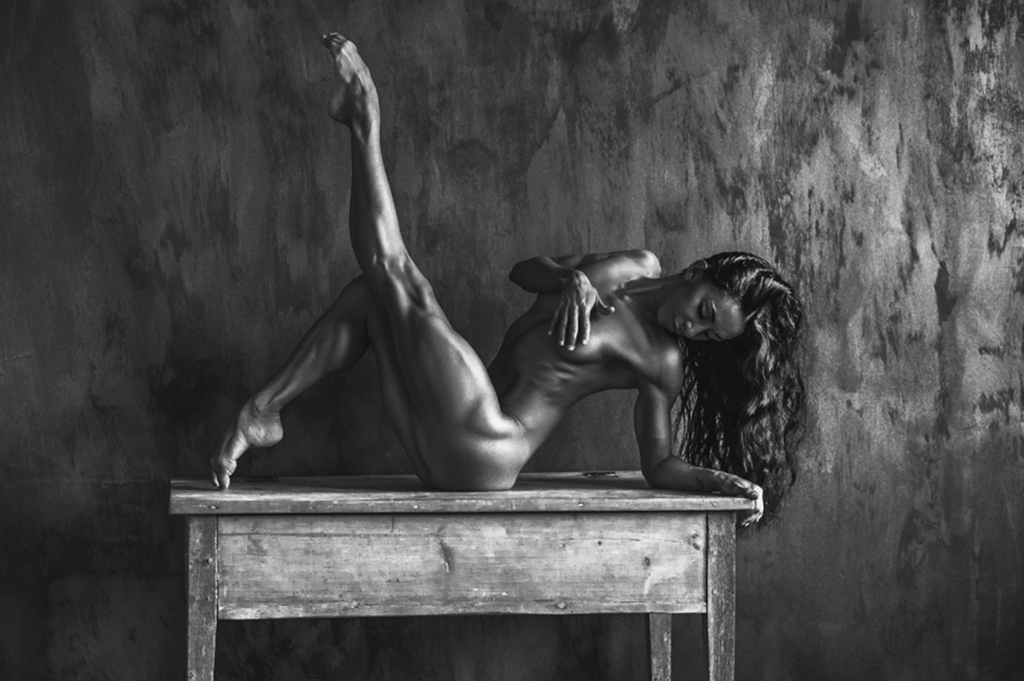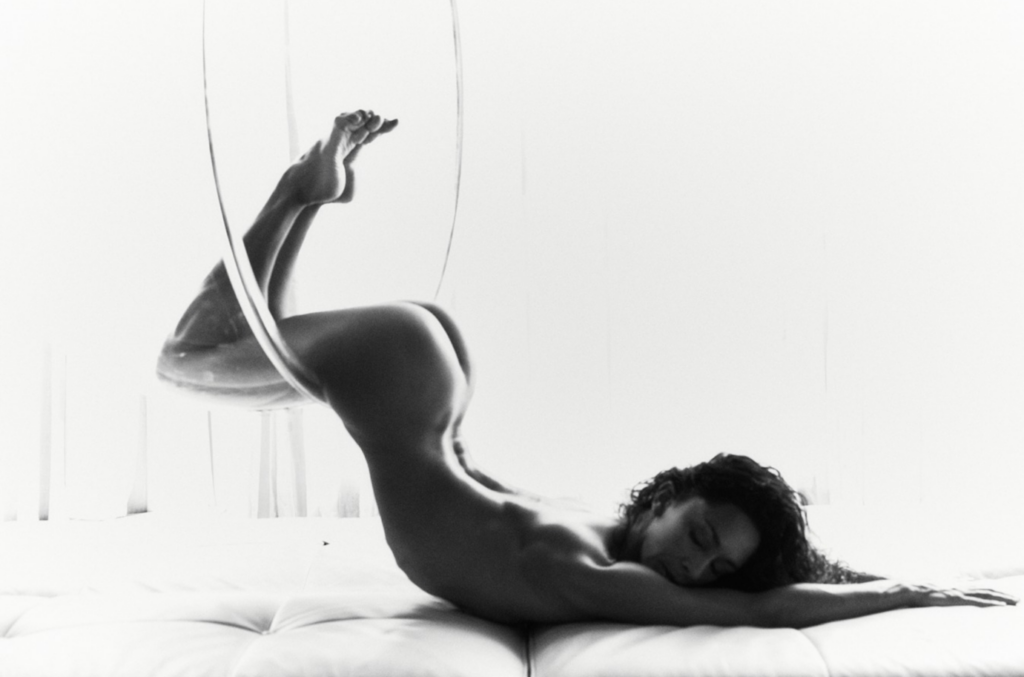Black and white photography is an art form that dates back to the first photograph ever captured by Joseph Nicephore Niepce in 1826. Colour photography followed just a few decades later, in 1861.
Despite the advantages of colour photography and its popularity for day-to-day photography, the use of black and white images continues to light a passionate fire in artistic photographers. It fills the pages of many coffee table photo books. The artistry and timelessness of these photos are undeniable. But with a choice in mediums, why do so many professional photographers choose black and white over colour for their artistic projects?
Experimentations with black and white photography
The art of black and white photography takes practice, experimentation, and an eye for detail.
There is a beauty in the simplicity of a black and white image that can be difficult to capture in colour. By stripping away the distraction of colour, the viewer is forced to focus on what’s important – the image’s composition, form, and texture.
The texture captured within an image is intrinsically linked to the play of light and shadow in black and white photography. The way light falls on the subject creates a sense of depth and dimensionality unique to this medium.
A well-executed black and white photograph can be timeless. When done correctly, it has a way of evoking emotion and feeling in a way that colour photography sometimes cannot. Portraits or studies of the human form, for example, often benefit from the use of stark contrasts and deep shadows characteristic of black and white images.
Furthermore, because of their association with antiquity, black and white photos often have a moody or nostalgic feeling, which can appeal to viewers. They remind us of simpler times when things were less complicated. Architectural photographs are also often better in black and white, as the lack of colour can help to highlight the shapes and forms of the buildings, while figure studies remove sexuality from the imagery, pushing the viewer to study the form, texture, and composition.
Film photography remains fashionable in black and white
Despite the rise of digital photography, black and white film photography is still alive and well, with many artists preferring the look and quality of traditional film photography over digital images.
Of course, black and white photography is not without its challenges. The best black and white images are planned and executed specifically for that medium. To achieve this, special consideration must be given to the interplay of light and shadow and how it interacts with the subject. Exposures often differ from what would be deemed “correct” in colour photography. Choosing the right film or digital conversion software is essential to getting the most out of your black and white images.
Creating a successful black and white image is about more than just converting a colour photo to greyscale. True black and white photography is an independent art form with its rules and guidelines. But that’s what makes it so special – when done well; it can result in some of the most beautiful and evocative images you’ll ever see.
If your curiosity is piqued, take a look at Timeless – The black and white fine art photo book that should grace the coffee table of any art lover. It is a collection of works by 86 international photographers that studies the power and grace of Laetitia Bouffard-Roupe, ballet dancer, Cirque du Soleil performer, and yoga instructor.




